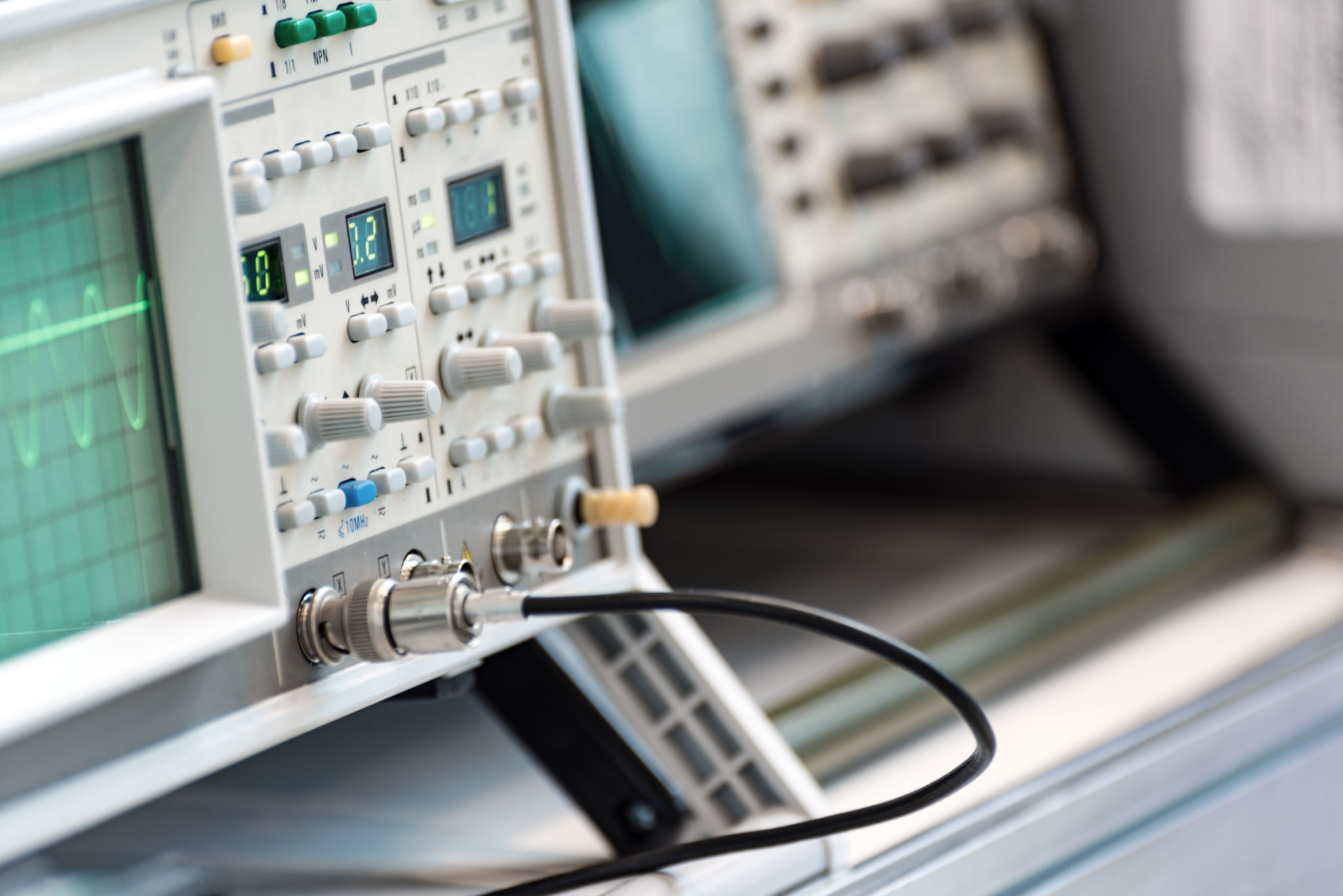The Importance of Partial Discharge Detection in Harsh Canadian Climates
Understanding Partial Discharge
Partial discharge (PD) is a critical phenomenon in electrical systems, particularly in high-voltage equipment. It refers to small sparks that occur due to insulation failure, which can eventually lead to significant damage if left undetected. Detecting PD early is essential to maintaining the integrity and reliability of electrical systems, especially in harsh environments like the Canadian climate.
In Canada, where temperatures can plummet and conditions can be unpredictable, equipment is more susceptible to partial discharge. The combination of moisture, cold, and other environmental factors can exacerbate insulation deterioration, making PD detection even more vital.

Challenges in Canadian Climates
The Canadian climate presents unique challenges for electrical systems. Extremes in temperature, ranging from freezing winters to humid summers, can cause thermal expansion and contraction in materials, leading to stress and potential insulation breakdown. Additionally, the presence of snow and ice can introduce moisture into systems, further increasing the risk of partial discharge.
Due to these harsh conditions, regular maintenance and monitoring are crucial. Without proper detection methods, partial discharges can go unnoticed, leading to costly repairs and potential system failures.

Detection Methods and Technologies
There are several methods and technologies available for detecting partial discharge. Some of the most common techniques include:
- Ultrasonic Detection: This method uses ultrasonic sensors to detect high-frequency sound waves generated by PD activity.
- Electromagnetic Detection: This involves using sensors to capture electromagnetic emissions from PD events.
- Thermal Imaging: Infrared cameras can detect temperature changes caused by PD, allowing for non-invasive monitoring.
These technologies are particularly useful in harsh climates, where traditional inspection methods may be challenging. They allow for continuous monitoring without the need for extensive manual inspections.

The Benefits of Early Detection
Early detection of partial discharge offers numerous benefits. By identifying PD early, companies can prevent catastrophic failures, extend the lifespan of equipment, and reduce maintenance costs. Early intervention also helps in maintaining safety standards and minimizing downtime, which is crucial for industries reliant on continuous power supply.
Moreover, proactive PD monitoring aligns with sustainability goals by reducing waste and energy consumption associated with equipment failures.
Implementing a PD Detection Strategy
For industries operating in Canada, implementing a robust partial discharge detection strategy is essential. This involves regular maintenance checks, investing in reliable detection technologies, and training personnel to understand and manage PD risks effectively.
Collaboration with experts in PD detection can also enhance a company's ability to manage these risks efficiently. External consultants can provide insights into the latest technologies and best practices tailored to the specific needs of operations in Canadian climates.

Conclusion
The importance of partial discharge detection in harsh Canadian climates cannot be overstated. With the right strategies and technologies in place, businesses can safeguard their electrical systems against the damaging effects of partial discharge. By prioritizing early detection and proactive management, companies can ensure operational efficiency and longevity of their equipment, ultimately leading to a more reliable power infrastructure.